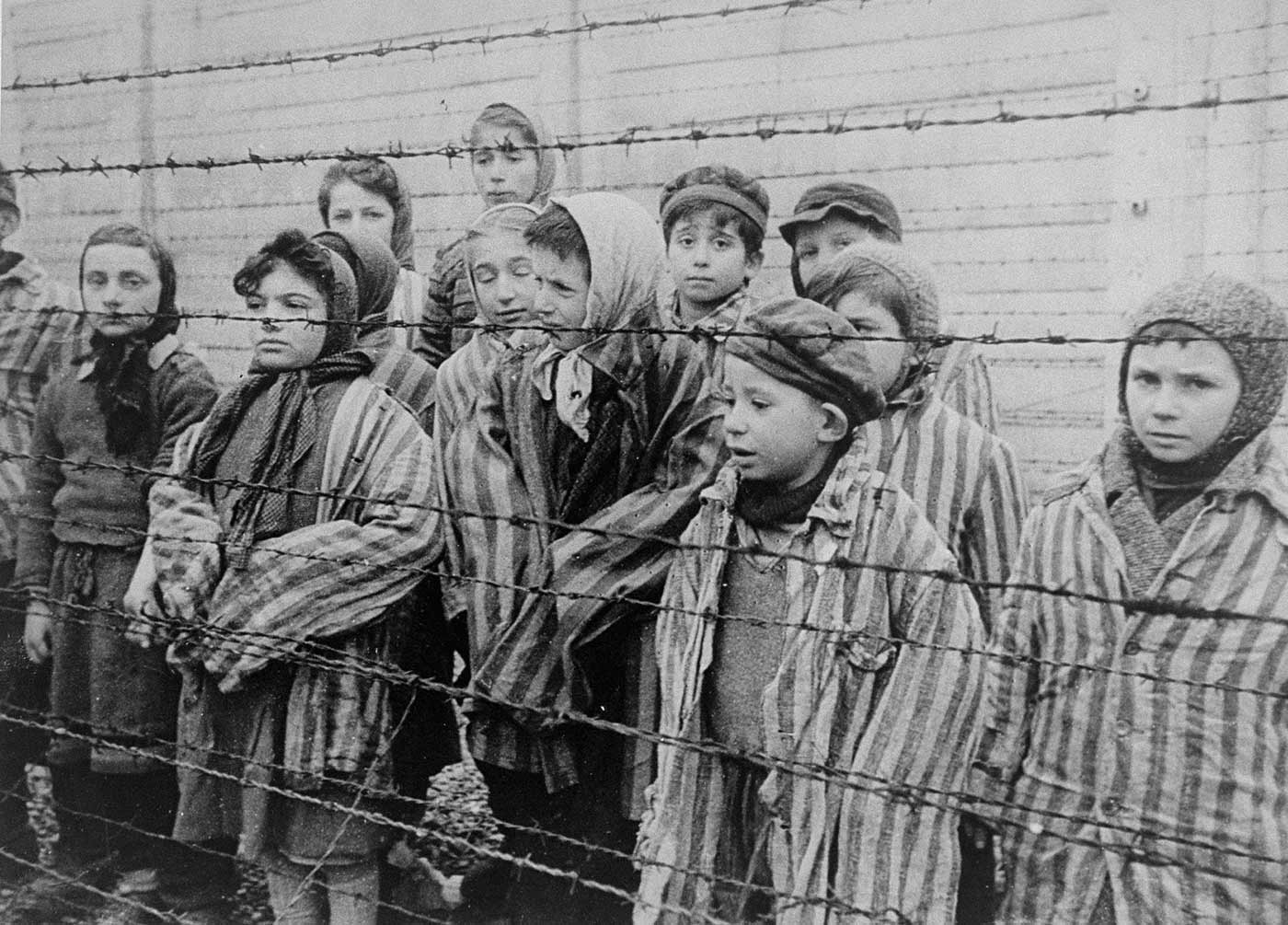There is no single list of victims and survivors of Nazi persecution. Instead, researching and individuals’ story during the Holocaust is a process of following trails and piecing together bits of information.
Research on Individuals
The Museum offers a number of different resources for conducting research about victims and survivors of Nazi persecution. Use the following resources to start your research or get tips on how to conduct research. The Museum’s Resource Center is located on our second floor. It is open Sunday through Friday from 10 a.m. to 5 p.m., except for federal holidays and Yom Kippur.
Database of Holocaust Survivor and Victim Names
Available: Online and onsite at the Museum. Around 60 percent of the database is available online. To access the full database, visit the Museum.
What is it: Information from the Museum’s collections, and partner organizations, about individual survivors and victims of the Holocaust and Nazi persecution.
How it is used: This database includes millions of personal records from the Museum’s extensive holdings that could assist in researching the fates of individuals during the Holocaust.
Benjamin and Vladka Meed Registry of Holocaust Survivors
Available: Onsite at the Museum
What is it: A database including the names of survivors of the Holocaust and Nazi-era persecution–whether or not they are currently living.
How it is used: To record survivor experiences for future generations, assist survivors and their families in attempts to trace missing relatives and friends, and provide reference to scholars of the Holocaust, genealogists, and members of the public.
International Tracing Service Digital Archive
Available: Onsite at the Museum
What is it: The archive contains more than 200 million digital images of documentation on millions of victims of Nazism—people arrested, deported, murdered, put to forced labor and slave labor, or displaced from their homes and unable to return at the end of the war.
How it is used: To assist families of survivors and victims seeking information and documentation for purposes of compensation or the benefit of future generations. Scholars, authors, genealogists, and other researchers may use the archive to conduct research at the Museum.
Museum staff will search for documents in the records of the ITS Digital Archive and other archival collections of the Museum free of charge. Priority will be given to survivors, their families, and families of victims.
Tips for Conducting Research on Your Own
At the start of your research, it is helpful to know the town where your family member, or other individuals you are researching, lived before the war. The town name is often the most useful entry point to available resources, as it can help you decide which archives would be most helpful in your research.
If you know the town your family members are from, you can use the following reference books to find out more about the lives and fates of people from that town.
- Encyclopedia of the Holocaust
- Encyclopaedia Judaica
- The Encyclopedia of Jewish Life Before and During the Holocaust
Additional Resources
- Other valuable suggestions and concrete information can be found in Gary Mokotoff’s How to Document Victims and Locate Survivors of the Holocaust. This excellent reference book can guide you through the process and includes the addresses, phone numbers, and fax numbers of organizations, libraries, archives and other facilities around the world with notable collections of Holocaust materials.
- JewishGen, a website devoted to Jewish genealogy, also provides guidelines for beginning family history research. See their Frequently Asked Questions page for an extensive discussion of methods and resources.





